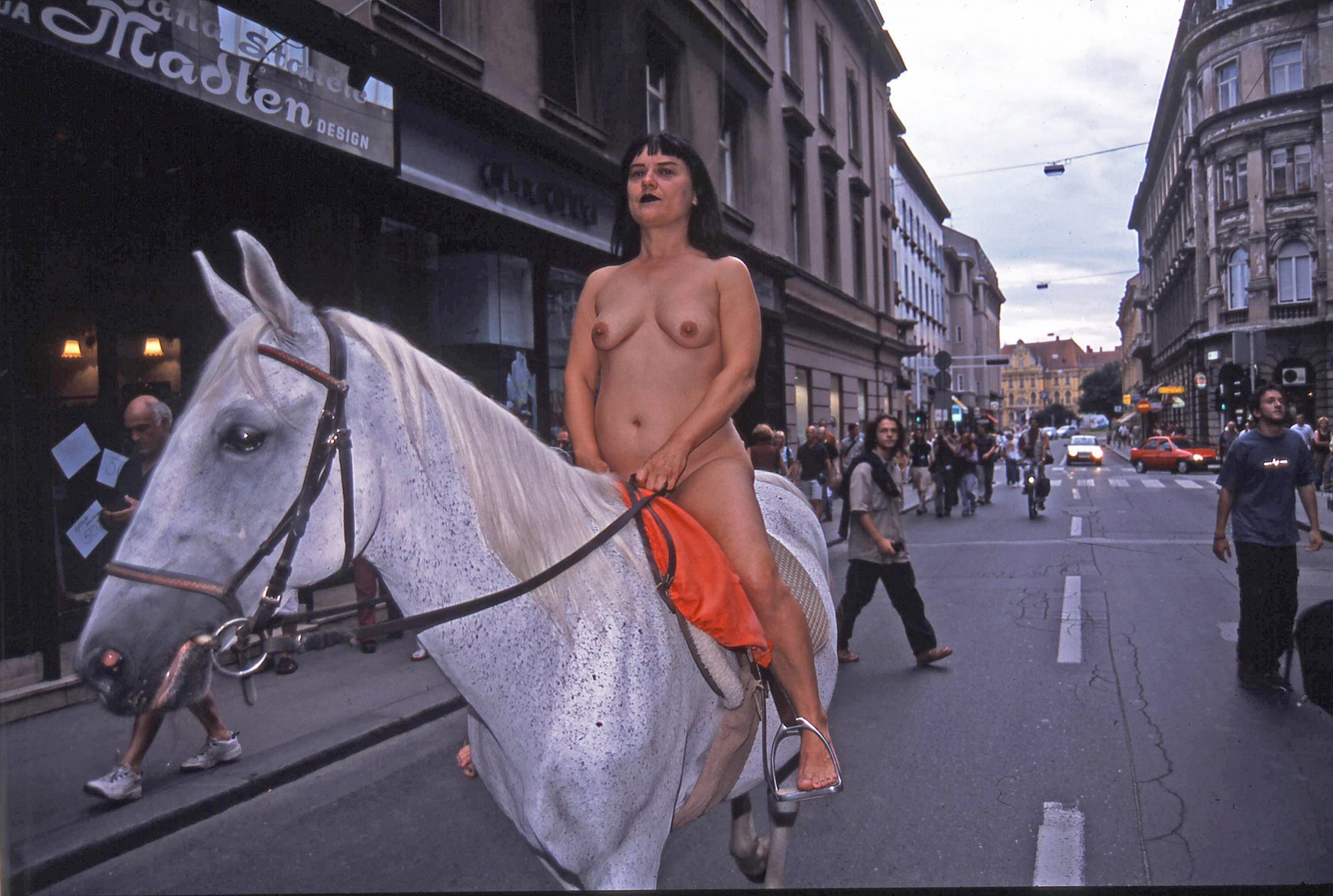In MAXXI’s Bigger than Myself: Heroic Voices from Ex-Yugoslavia, 60 artists draw on the emancipatory potential of their history, investing it with resistance to current reactionary forces
When my grandmother was seventeen, back in 1948, she travelled to join a voluntary youth work action to build the motorway from Zagreb to Belgrade, in the newly formed Socialist Federal Republic of Yugoslavia. She would recount how they’d work themselves to the bone during the day and in the evenings would sit around campfires, eating, joking and singing together. These men and women, boys and girls really, were not only actively rebuilding a country ravaged by war; they were also collectively building something utopian: a country that would go on to afford them free education, free healthcare, a job, up to two years of maternity leave, a home, paid vacations. This story always struck a chord with me, acquiring an almost mythological patina. Why, I pressed my grandmother – having never done a day of hard labour in my life – were they willing to do it for free?

MAXXI’s Bigger than Myself: Heroic Voices from Ex-Yugoslavia seeks to reclaim a former-Yugoslavian narrative that is not of the simplistic ‘blood and honey’ variety, where the emphasis is on the hatred and love that tore the country apart. Instead, it focuses on the positive aspects of Yugoslavia’s socialist ideology and culture as lessons we can draw on to imagine a life greater than ourselves, where we all – in the words of curator Zdenka Badovinac – ‘contribute to the building of
a society of solidarity and a healthy planet’. It is one of the most hopeful, rallying shows I have seen in a long time.
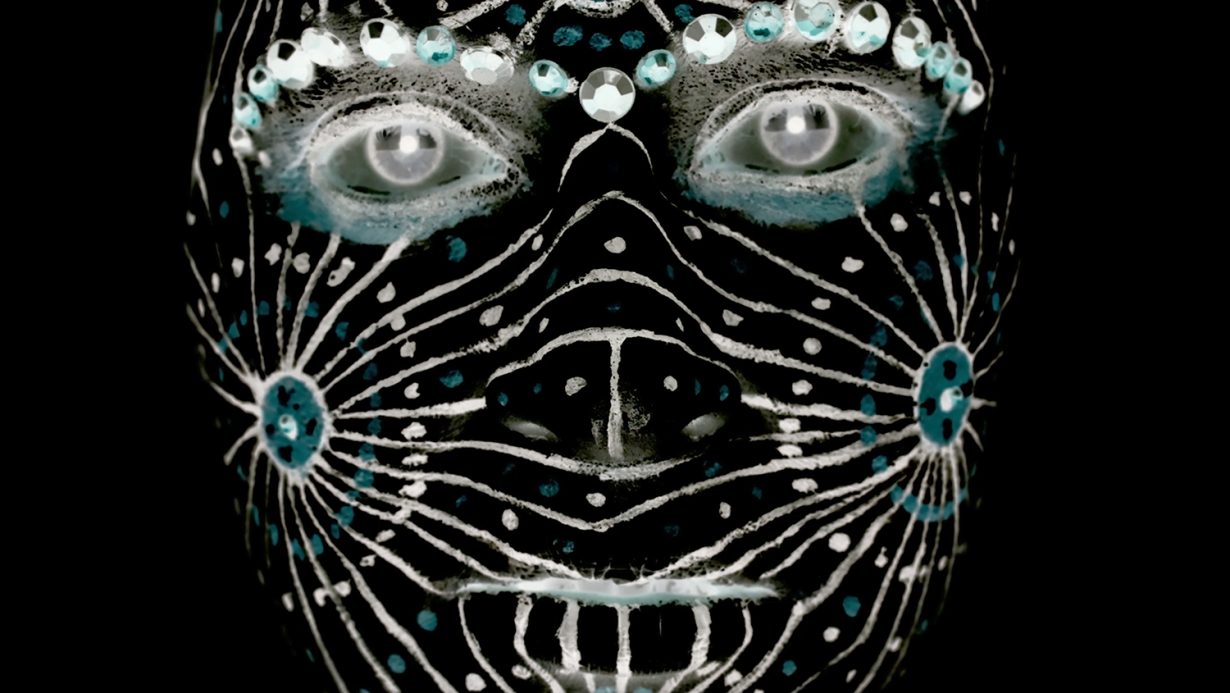
The 60 artists in the exhibition – hailing from Bosnia & Herzegovina, Croatia, Macedonia, Montenegro, Kosovo, Serbia and Slovenia – frequently reference the emancipatory potential of their history, investing it with resistance to the current reactionary forces, the unbridled neoliberalism, the zealous nationalist and autocratic tendencies, consolidating in the region. A row of potted birches line the stairs to the show, a watering can at their side; this is Nada Prlja’s What Would Happen If We Succeed? (2001), and it invites viewers to donate their labour to help grow the trees. Just as volunteers in Yugoslavia had once come together to reforest its countryside or build new roads and railways, Prlja urges us to undermine and disrupt the course of today’s rationalism, to unite and embrace civic responsibilities.
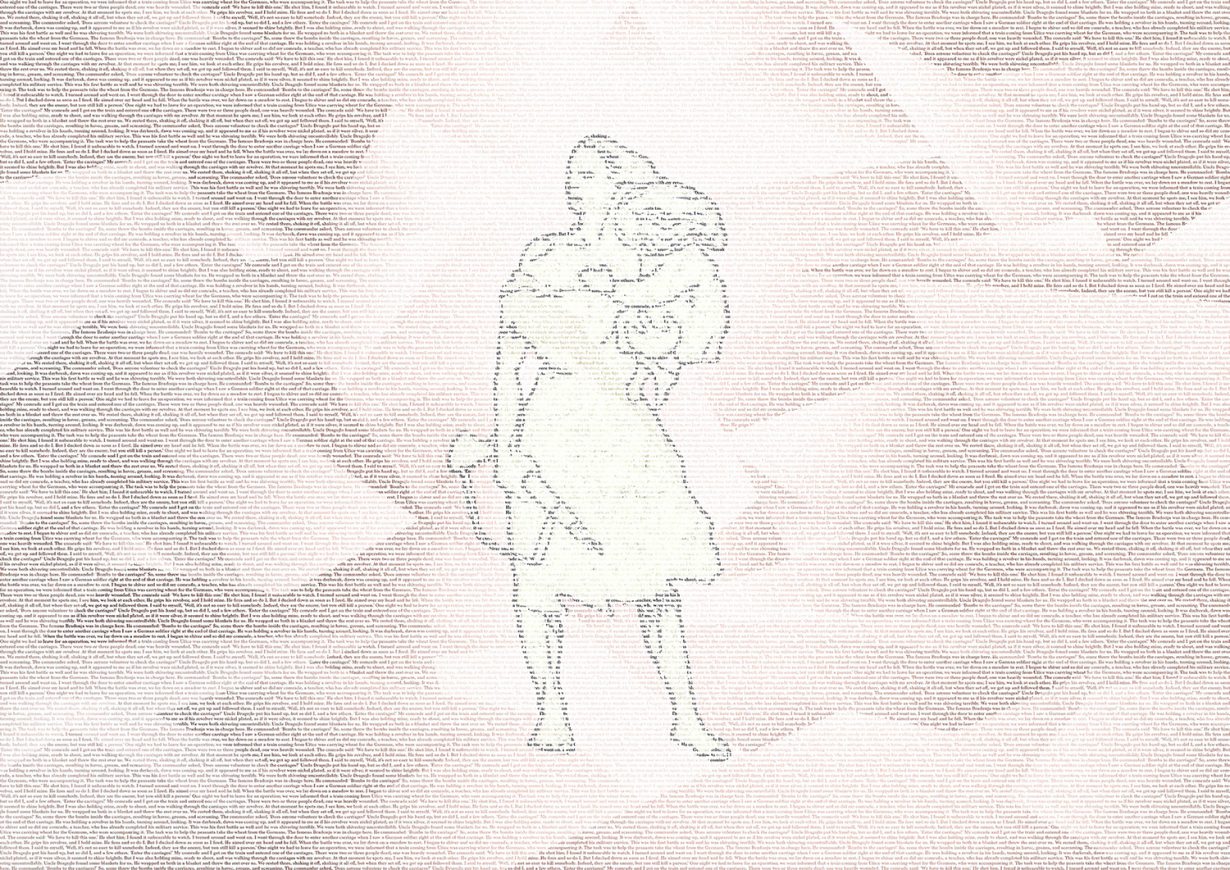
Women are notably prominent here as artists and protagonists. Once equal to men, contributing in large numbers to the Nazi resistance and later building the country, they find themselves marginalised in ever more conservative countries following the breakup of Yugoslavia. In the video installation BODYSCAPES #1: Woman in battle (2019), Marta Popivoda and Ana Vujanović explore feminist storytelling. We hear former partisan Sonja Vujanović, now elderly, recount her first armed battle, where she killed an SS officer in direct combat. Images of a blanket and the lush green landscapes of partisan lore alternate with her frail sleeping body, a stark contrast to the strength of her lucid and chilling storytelling. “I thought to myself,” she says, describing how she shivered feverishly postcombat, “it is not easy killing someone. Even if it’s an enemy, it’s still a person.” Accordingly, this work raises the question of militarism and the validity of violence in securing radical social and political changes today.
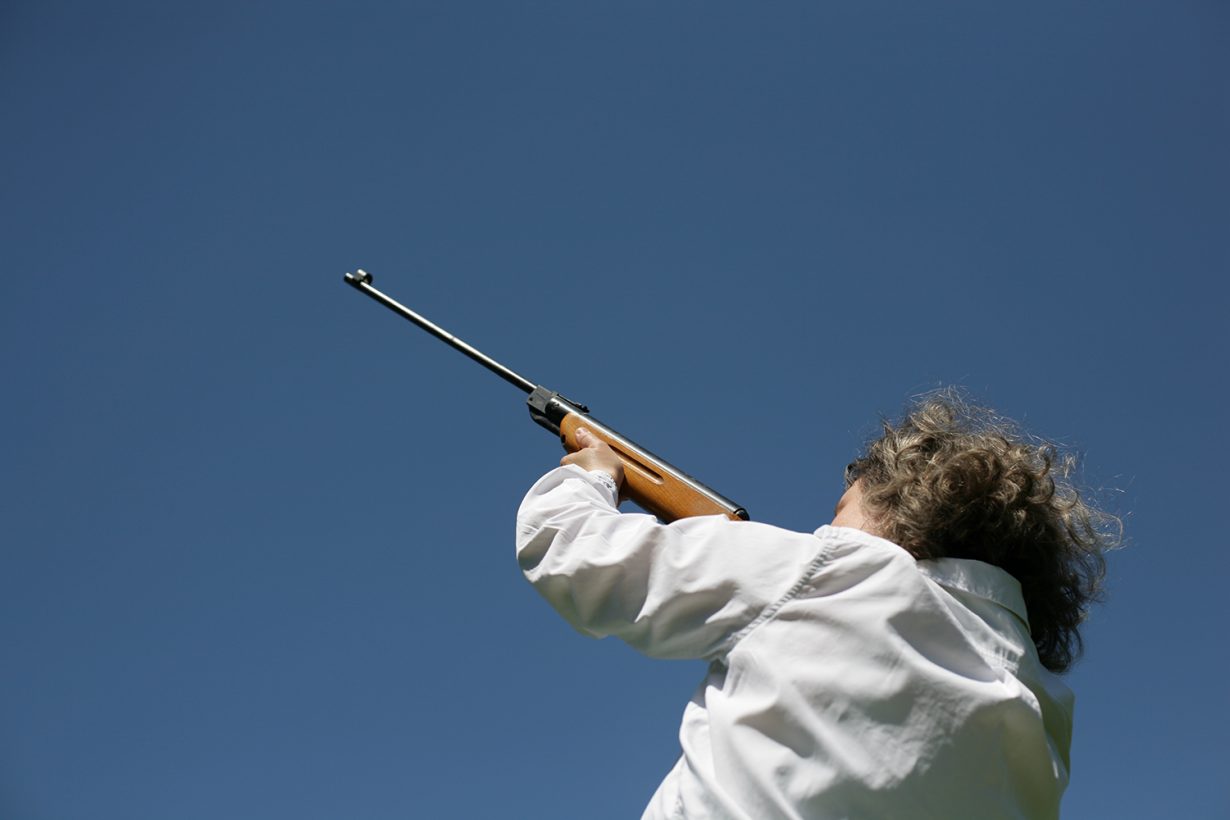
The show returns frequently to what it means to be a hero – both by spotlighting those of socialist Yugoslavia, who have largely fallen into oblivion following the wars of 1991–2001, and by asking what might constitute a heroic act today, where there is no monolithic, identifiable enemy. Slovenian art collective IRWIN’s Was ist Kunst Bosnia and Herzegovina – Heroes 1941–1945 (2018), for example, is a poignant ode to the men and women who sacrificed themselves in their fight against fascism during the Second World War. These 100 painted portraits were originally commissioned by the Federal Republic of Bosnia during the 1950s and forgotten soon after; IRWIN has framed them and presented each accompanied by a biography of the sitter, compiled by art historian and professor Asja Mandič and her students, and accessible via QR code.

Where once risk meant a willingness to make sacrifices for the good of everyone, now, Badovinac writes, it is equated with ‘the power of neoliberalism to destroy industry, people and the natural environment, and then justify this devastation as a necessary risk that is a precondition for a better life’. In Nika Autor’s Newsreel 65 – We Have too Much Things in Heart… (2021), 14 videos portray harrowing tales of refugees in present-day Bosnia caught in a Sisyphean nightmare of repeatedly attempting and failing to cross into Croatia and the EU. A local man is hosting nine refugees on the Bosnian side of the border but worries what will happen when winter descends. The work both lays bare the underlying hypocrisy and inhumanity in the current capitalist system – where asylum is hailed as a fundamental right and international obligation, but claiming it has become near-impossible – and the small acts of human kindness that translate as new gestures of resistance.
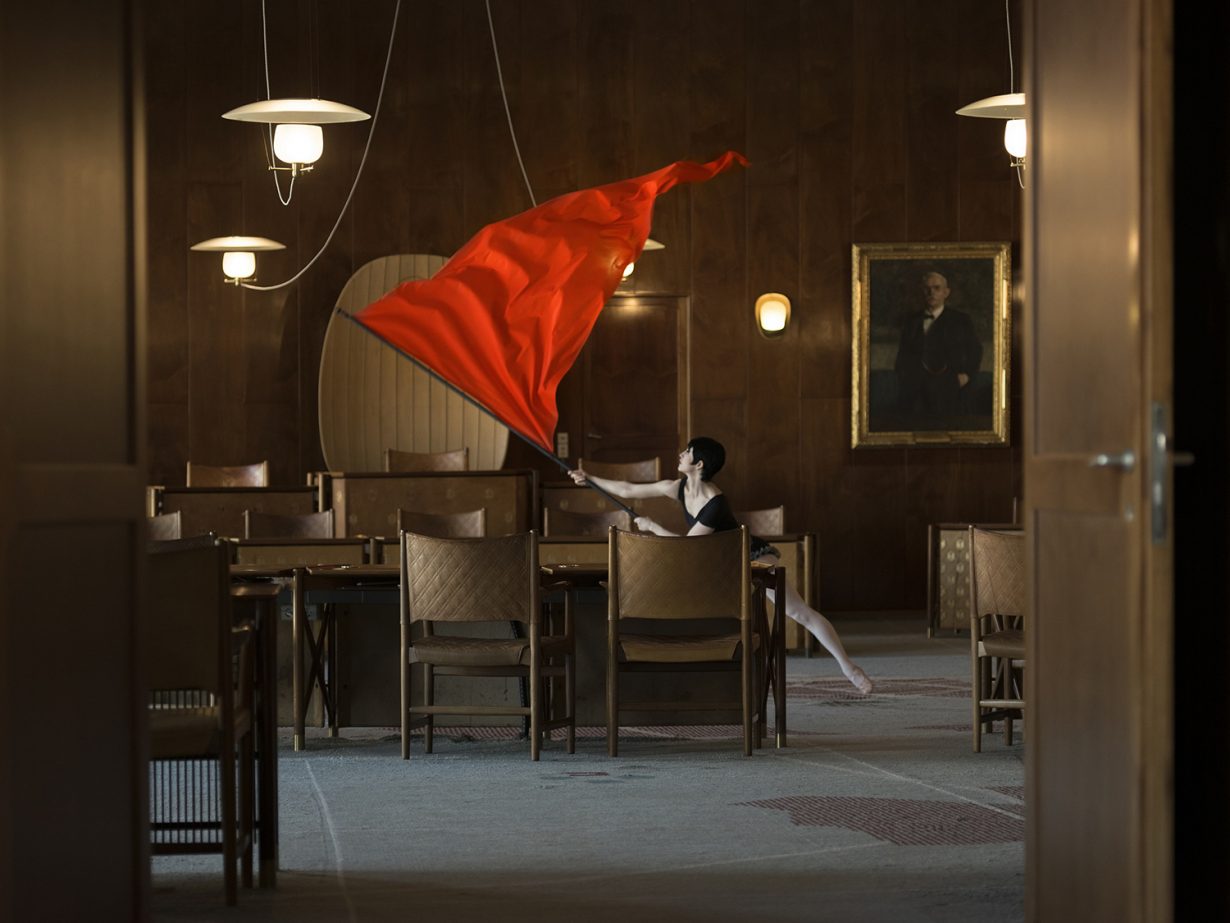
The message of the show is clear: capitalist individualism and fascism have always cosied up to each other. On his way to power, in 1919, Benito Mussolini proclaimed that ‘outside the individual, there is no human reality’, while Margaret Thatcher stated some six decades later that ‘there is no such thing as society’. Bigger than Myself is an impassioned cry from and to the region that it remember its heroes and harness their stories as tools for new forms of resistance in creating a society of solidarity once more. As Slovenian philosopher Tomaž Mastnak cautions, in a world where antifascist heroes cannot survive, ‘we cannot survive’.
Bigger than Myself: Heroic Voices from Ex-Yugoslavia, MAXXI, Rome, 5 May – 12 September
